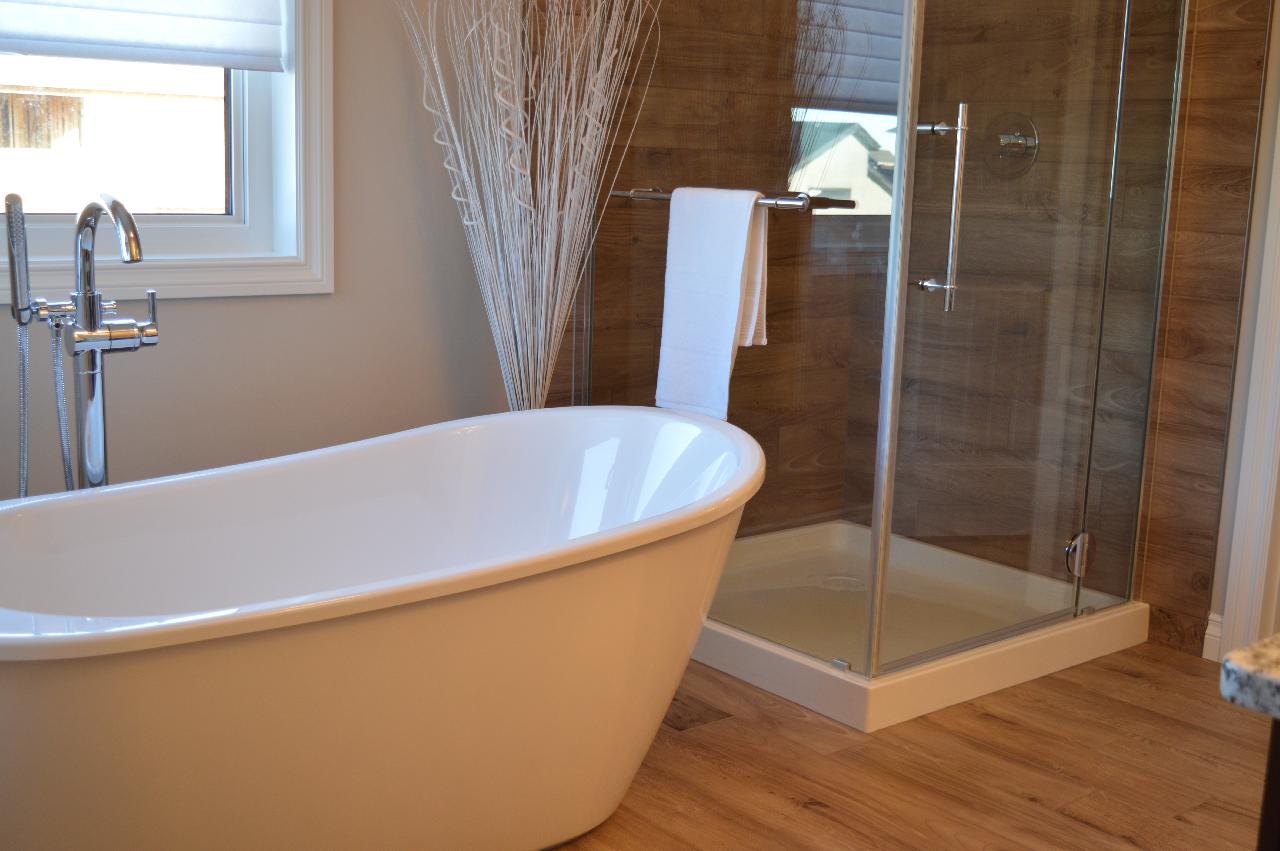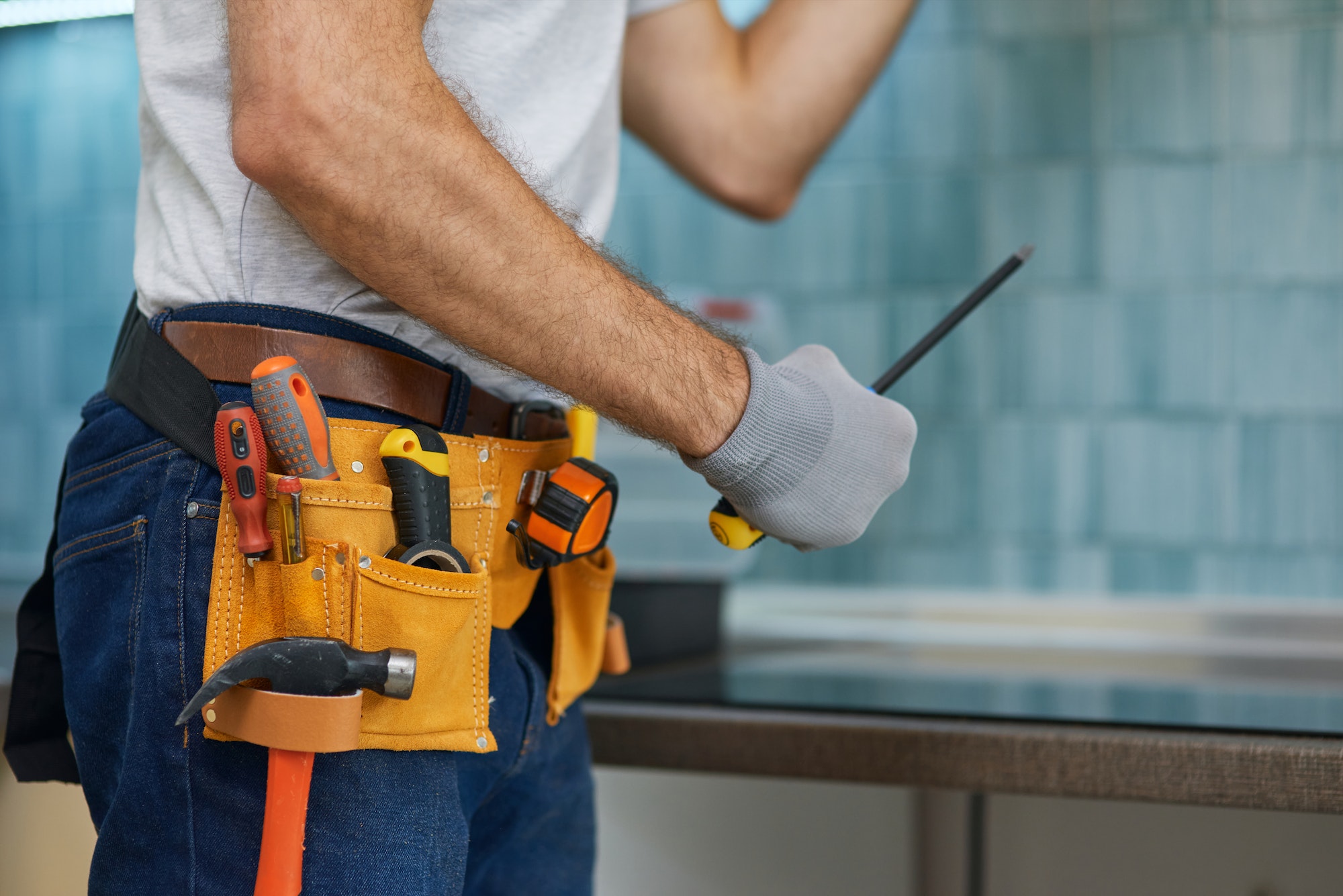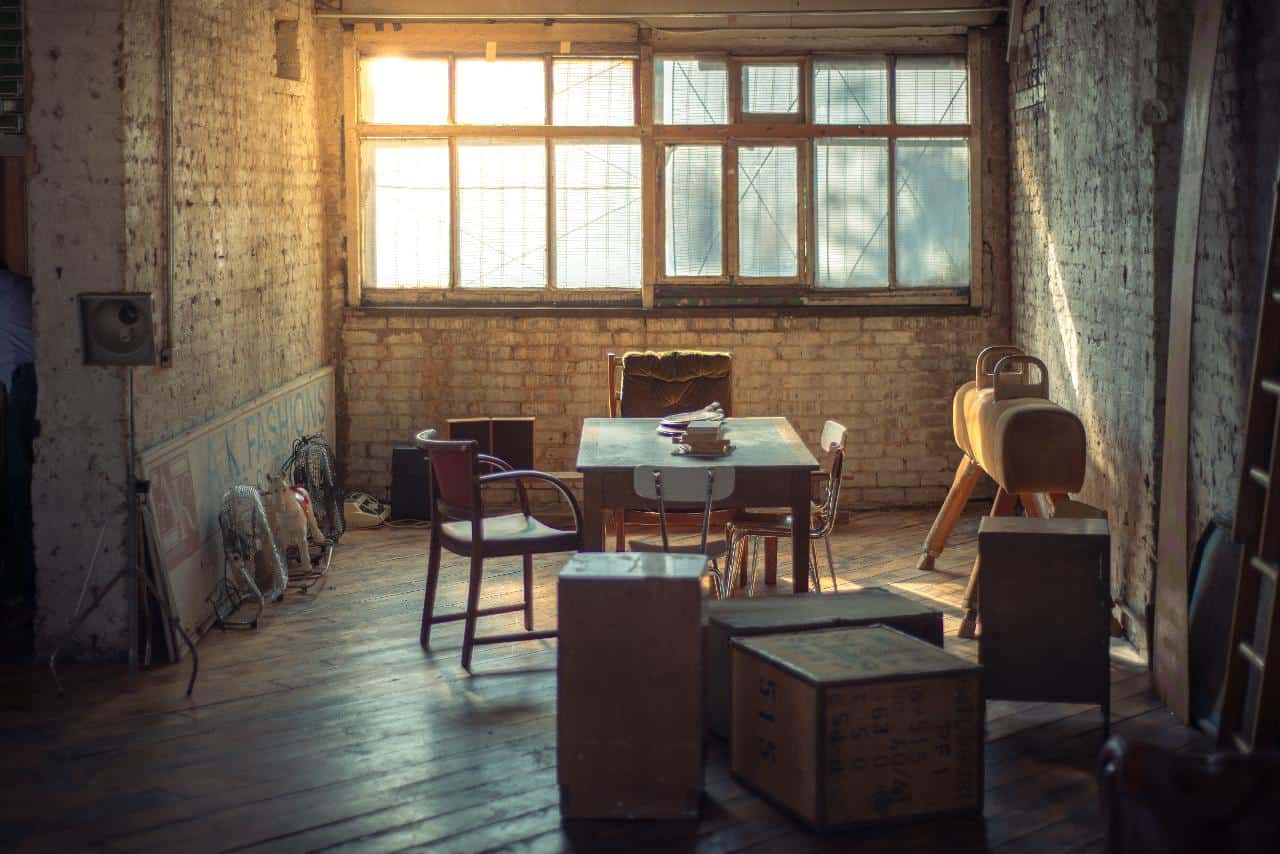A kitchen renovation is a pretty exciting project to undertake. Maybe you have your head wrapped around important aspects such as the choice of the countertops or whether or not you’re going to have a waterfall kitchen island.
The entire project will cost quite a bit of money, that’s for sure. So, it’s critical to minimize costs and ensure that the project runs smoothly when it comes to the plumbing side of things. Today, we are covering up to 10 plumbing tips for your upcoming kitchen renovation. Save costs and have a successful project:
Tip 1: Place the dishwasher next to the sink
The dishwasher should not be on the other side of the room. You should ideally place it next to the sink because of the water and drain connections.
If you choose a different location, the plumber will need to install extra water supply lines and drainpipes. Inevitably, it will lead to increased costs. There is also the practicality of choosing an adjacent location. You can easily load dirty dishes straight to the dishwasher. Cleaning up is even easier.
Tip 2: Install stop taps
Things can go wrong from time to time. Your faucets may start leaking or the flex connection could become worn out. You need to have a stop valve installed to stop the flow of water to the faucet. In case of any emergency, you won’t have to turn off the water from the mains meter affecting your entire plumbing system.
Tip 3: Install a more water-efficient tap
You likely want to save on your water bill while doing good for the environment too. That’s why you should select your tap wisely. Choose a water-saving tap, and if you’re replacing the dishwasher and other appliances, go for energy-efficient models as well. You can compare the efficiency of appliances by looking at their energy and water rating labels.
Tip 4: Preserve your existing configuration as much as possible
Moving the kitchen sink from one side of the room to another will come with its own set of expenses and challenges. The plumber will need to perform repiping and modify the drainpipe configuration. If you are planning to introduce new additions, such as additional sinks, you may have to forfeit more money for the project. Experts recommend keeping your plumbing in the same area as before.
Tip 5: Think of making your kitchen functional not just aesthetically pleasing
As you plan to refresh your kitchen’s look, you should also think of modifying the design to make the room more functional. One way to achieve this is by retouching the layout. For instance, you can begin by reducing the spaces between the major appliances, meal preparation areas, and fixtures. You can open up the room to promote flow and movement from one spot to another. Think of placing ovens near exterior walls for easier ventilation.
Now if you can’t keep your existing configuration and need to move things around, prioritize having plumbing and gas fixtures near each other.
Tip 6: Choose your sink with care
Single bowl under-mount kitchen sinks are a trend. But as you select the sink, you should also consider its practicality and functionality. that’s why it may make more sense to have a double bowl sink. You can use one ball for washing and the other for rinsing, which will be a much better way of washing the dishes without wasting water. Actually, a study conducted by the University of Michigan found that the two-basin method is the most energy-efficient way to do the dishes.
Tip 7: Choose the right kitchen sink mixer
While you should be thinking of a water-efficient kitchen mixture, you should also consider any other extra features you may need in a tap. For instance, many homeowners are now installing filtered water taps. You may purchase a stand-alone tap to deliver filtered water that isolates the mains water. That may leave you with two taps. There are now newer kitchen mixtures that combine mains and filtered water functions into one fixture. After deciding on the design, you should also pay close attention to other factors, such as the minimum water pressure. It should match the sink cut-out hole. You can also look at other factors such as the durability rating and any guarantees.
Tip 8: Future-proof your home by allowing for adequate water connections
You may not have any use for a dishwasher at the moment. Similarly, you may not have a fridge with a water filter or ice maker. But it helps to plan for future needs. It can also minimize expensive remodels later on and boosts your property’s marketability to future homeowners.
Tip 9: It’s not really necessary to install a garbage disposal unit
So, the term garbage disposal has a whimsical overtone. You may think that unit makes all the garbage magically disappear and likely have it on top of your list of the new additions to install. The garbage disposal unit, in actuality, grinds food scraps and sends them down the drain along with wastewater. There are many things that should never go down the garbage disposal, including coffee grinds, grease, oils, flour, uncooked rice, among other items. You will also need to perform repairs such as having plumbers from teamemergencyplumber.com to unjam the unit if it’s not used responsibly.
Tip 10: Hire the right plumbing company for the job
The last thing is quite important and could ultimately determine the quality of the project. Having the wrong person can leave you with disappointing results. You should start by reviewing the interested company with all the information that they have available, from reviews to website copy. Speak to their team and determine if they are diligent and willing to help. You can even ask for rough estimates and compare more than one company.
Discover more from Futurist Architecture
Subscribe to get the latest posts sent to your email.



